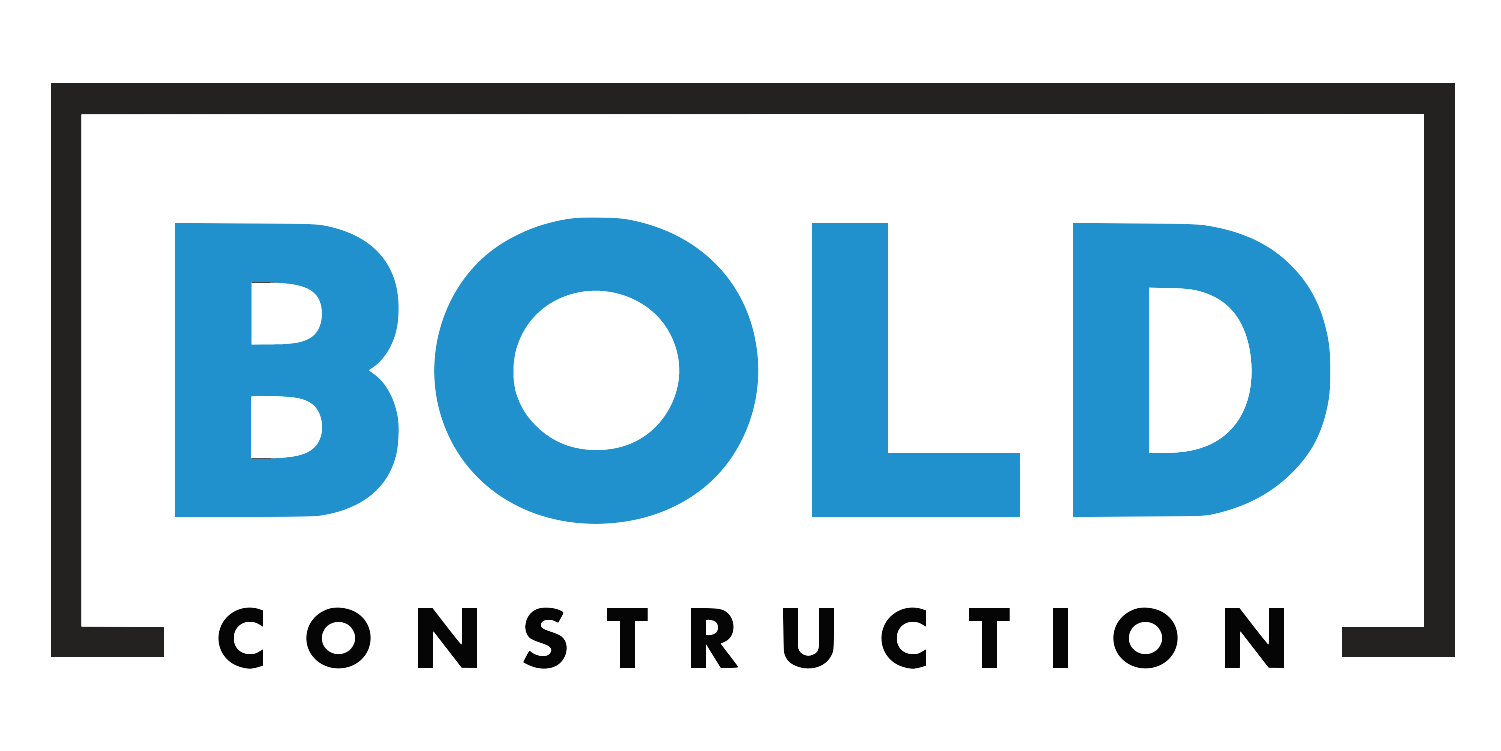Solar power is kind of magical. Shiny technology turning free sunlight into energy sounds pretty remarkable. Even crazier is that solar technology is more practical now than ever, well within reach of the average homeowner.
But that magical aspect is precisely why your average homeowner might not know where to start. How much money will solar save me? Who can install solar panels? Is the whole effort even worth it? We’ll tackle these questions and more in our beginner’s guide to solar energy.
Before Installation
Before those beautiful, shiny photovoltaic panels go anywhere, you have to make sure they’ll even work. Solar in North Carolina’s Triangle is certainly feasible, with around 217 sunny days per year. Your major roadblocks will be overhanging trees and the position of your roof or mounting area.
Solar installers can provide a solar site estimate, which gives you an idea of how much electricity you can generate.
Upfront Costs
Your initial solar investment is largely defined by how big the installation is, which really depends on how much sun you get. A smaller array of panels works great in sunny Arizona, but you’ll need way more in Seattle.
Installation costs are typically per watt, with your average panel generating about 10 watts per square foot. An average – but by no means comprehensive – figure is around $7-9 per watt. When you consider the average American home uses 901 kilowatts per month, that can add up fast.
However, there are a lot of incentives for going green (or orange, depending on what color you think the sun is.) There is a federal tax credit for solar installation, and some states and municipalities have credits or rebates of their own. In North Carolina, Duke Energy will pay you $1 per watt to install your own panels.
Overall Savings
Solar energy is definitely a long-term decision. Payback periods vary depending on your standard utility costs. This varies from state to state, as low as pennies to as high as 33 cents in Hawaii. Even in ideal circumstances, you may need ten years to realize savings. That could change, though, as fuel scarcity worsens.
Other Details
Most home solar applications are in a net-metering configuration, where old-fashioned power lines provide backup power during dark days. When the system produces more power than you consume, your utility company actually buys the excess power from you.
A solar installer can provide further clarification on any questions you have. If you’re building a North Carolina custom home that you want solar ready, contact Bold Construction today!
